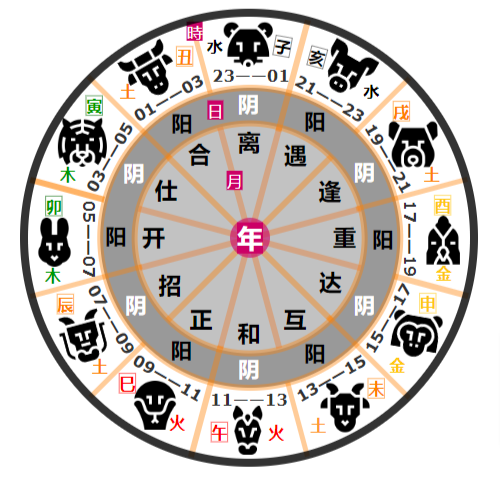Taoist instruments
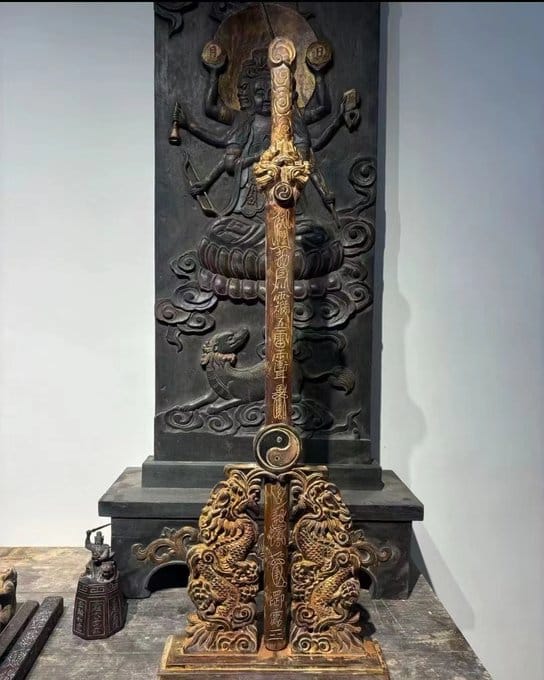
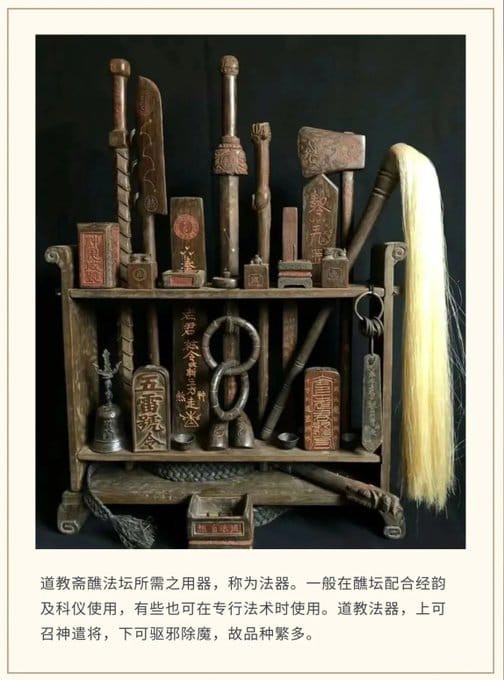
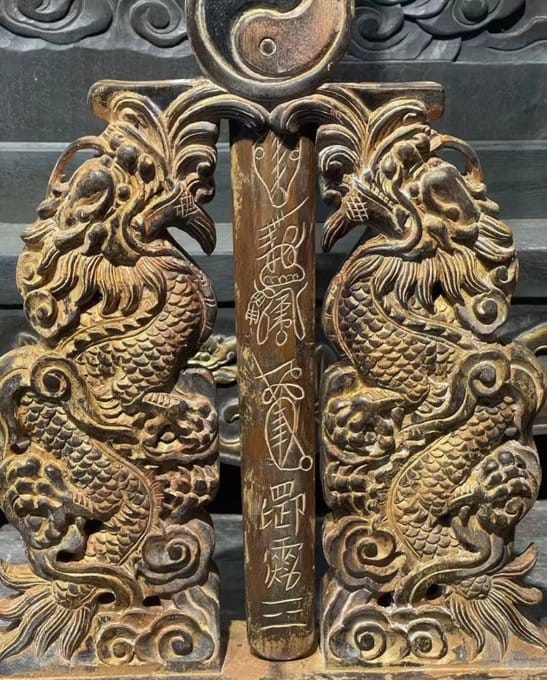
Taoist instruments | Secret weapons to achieve transcendence
The so-called Taoist objects, in short, are objects used by Taoism to uphold, protect and practice Taoism. Taoist objects have a long history, various forms, and a wide variety of varieties. They can be said to be rich and colorful. Some are very finely crafted and can be called top-quality.
Taoist objects come from primitive religions and early ritual music activities to worship the heaven and ancestors. As early as the Liu Song Dynasty in the Southern and Northern Dynasties, Lu Xiujing had made strict regulations on Taoist objects. The "Fengshengyizhizhang" in Volume 4 of "Daozang Tianhuang Zhidao Taiqing Yuce" has detailed records on the standardized production of Taoist objects such as "Sacred Image Throne", "Dragon Plate", "Turtle and Crane Furnace", "Banner", and "Cover".
Taoist objects reflect the Taoist belief in immortals, the eternal existence of souls, the prayer for great harmony, peace, and universal salvation to a certain extent.
The Taoist object culture is combined with traditional painting, calligraphy and other arts, reflecting the unique aesthetics and worldview of Taoism.
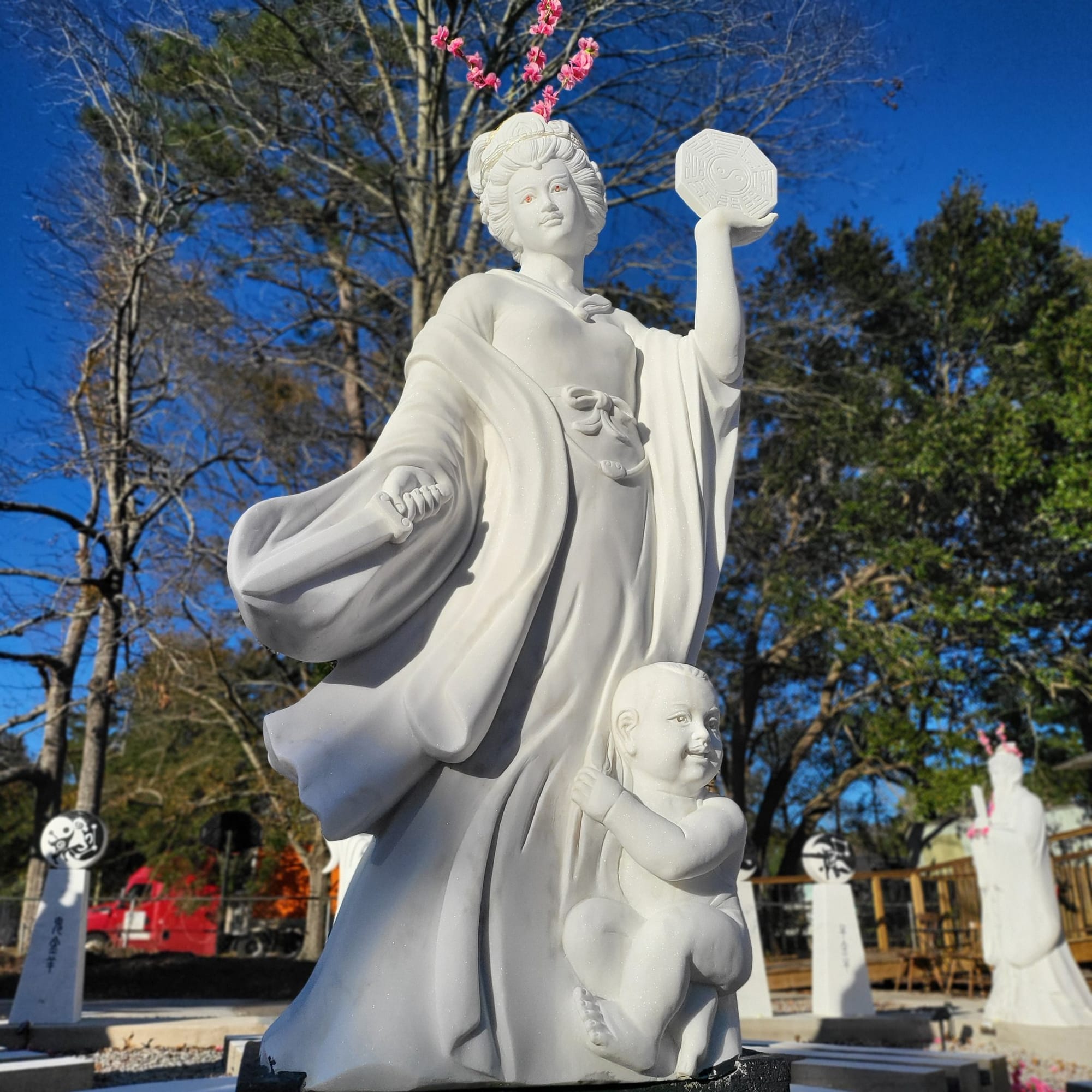
The magical instrument of the Lady of the Nine Heavens
A goddess who taught military tactics in ancient mythology, and was later worshipped by Taoism as a high-level female fairy and a deity of divination.
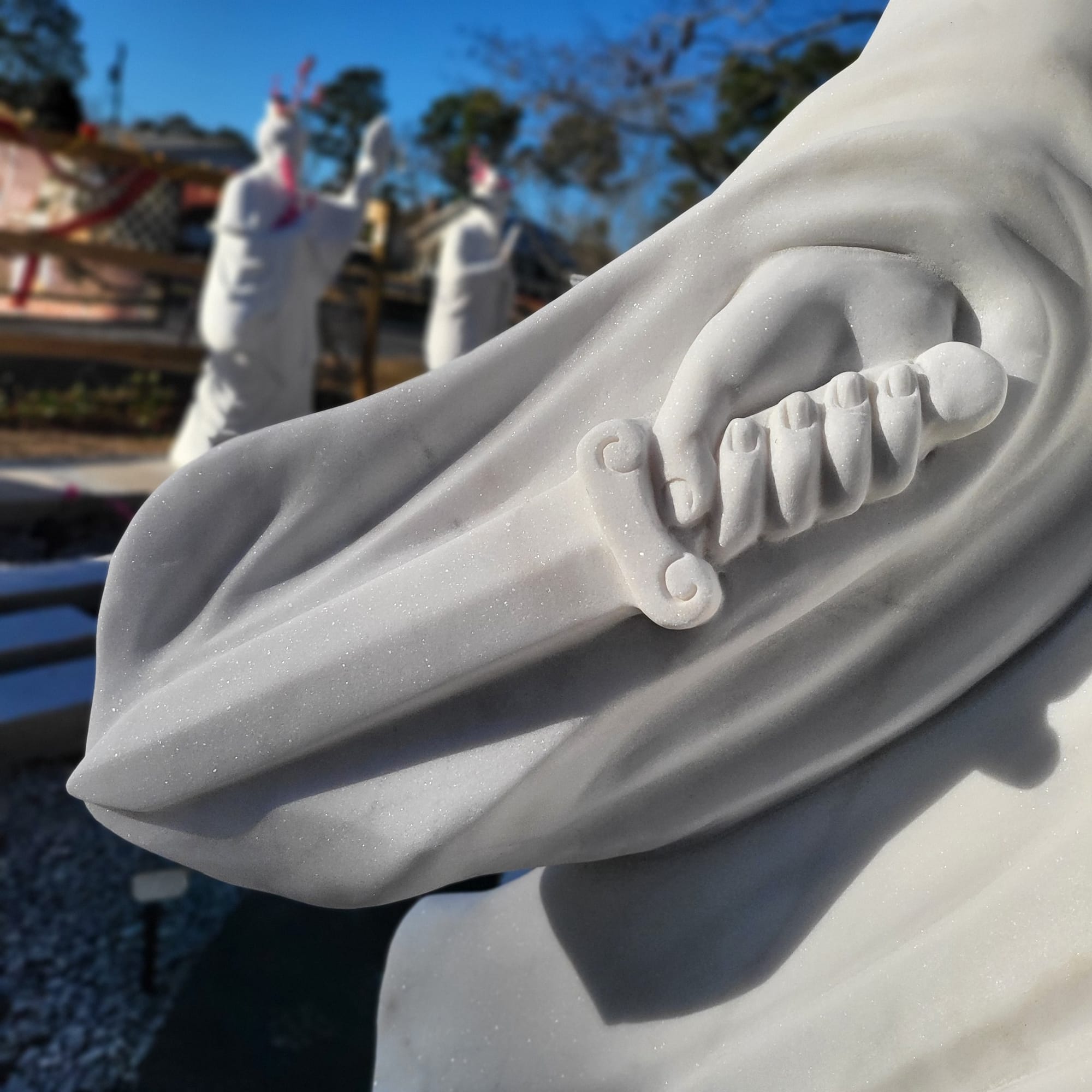
Sword of the Nine Heavens Mysterious Lady: It has great power and mysterious abilities, allowing the sword holder to travel between the nine heavens. It can also release sharp sword energy, slay demons and monsters, and be immune to all evil. It forms a protective shield to protect the body and is a powerful magic weapon to protect the safety of households and temples.
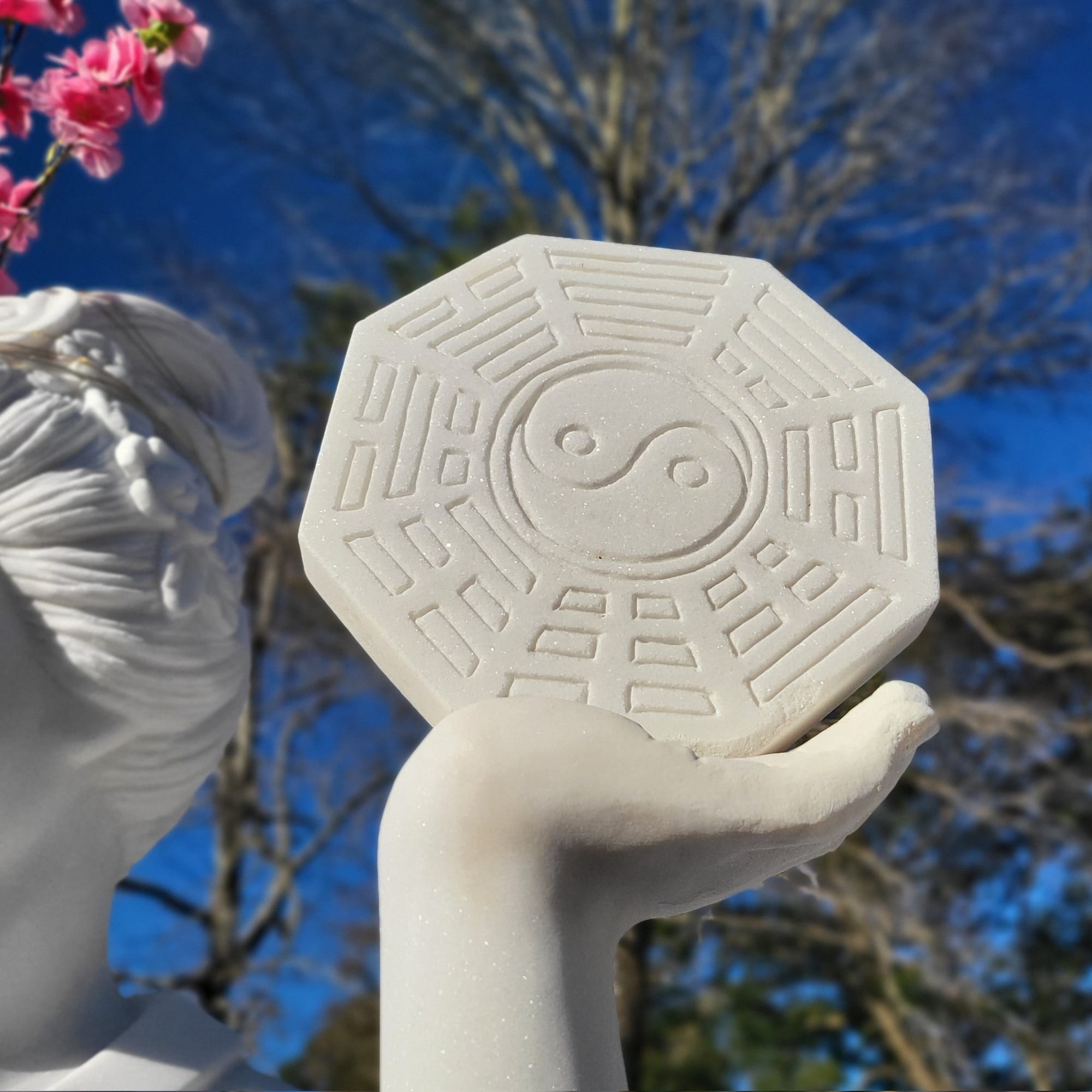
Bagua: symbolizes the control of natural forces and cosmic energy, represents the balance of yin and yang and the operation of heaven and earth.
When the goddess Xuan holds the Bagua, she shows her mastery of Feng Shui, geography and numerology, and has become the deity worshipped by many Feng Shui masters! When encountering problems in career, love or life, you can pray to Jiu Tian Xuan Nu for wisdom and guidance to help us see the fog and obstacles of life, avoid disasters and overcome difficulties.
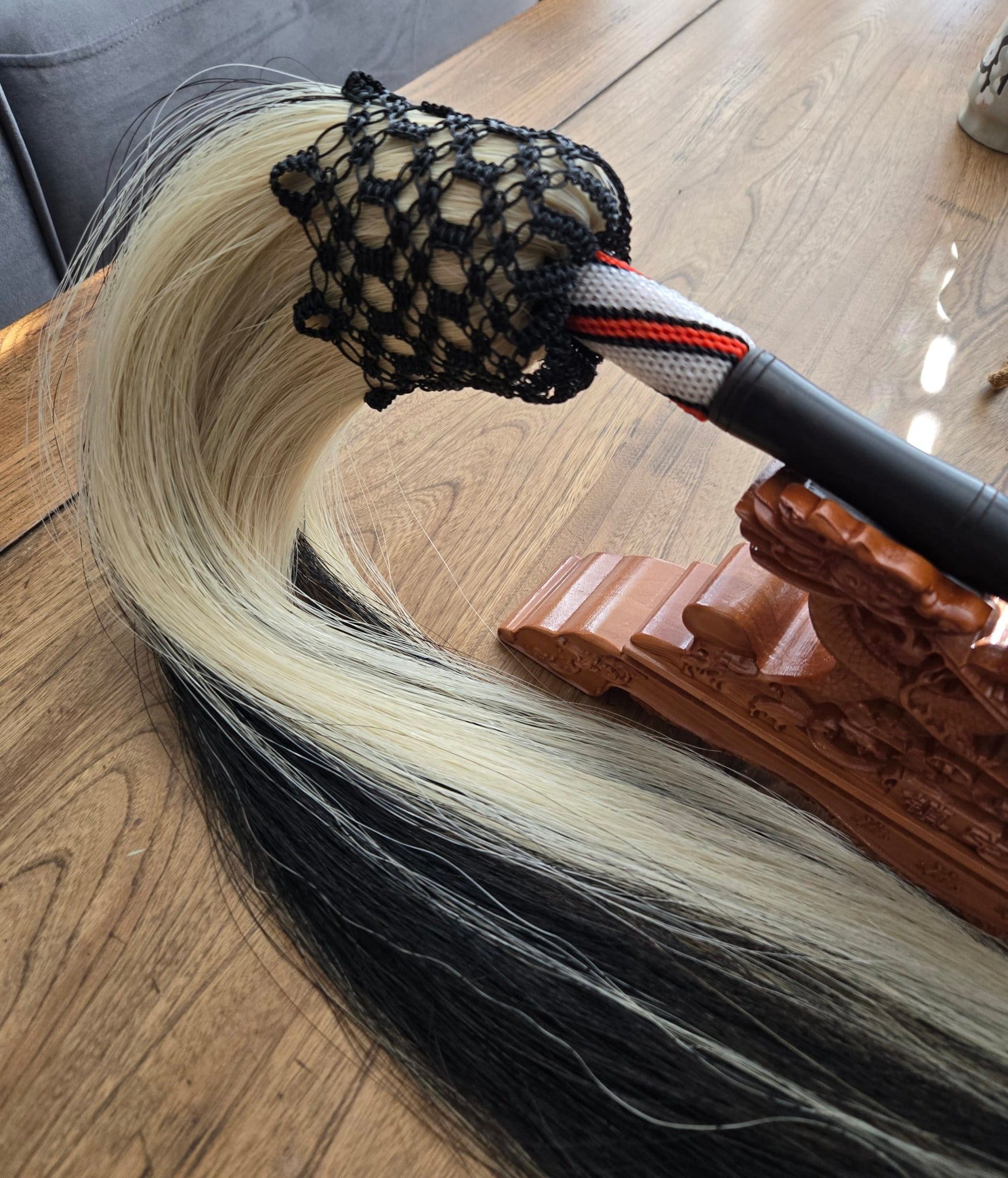
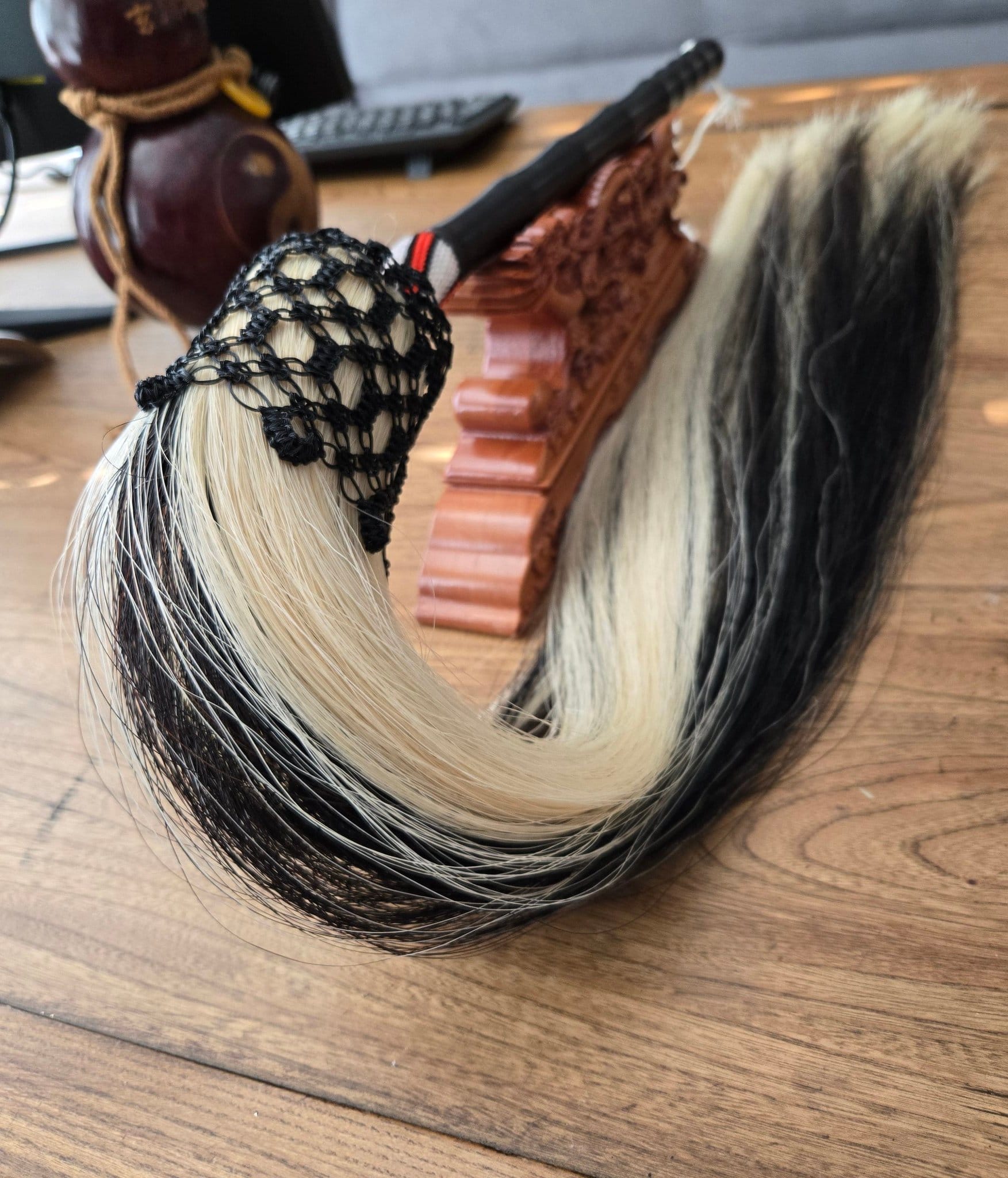
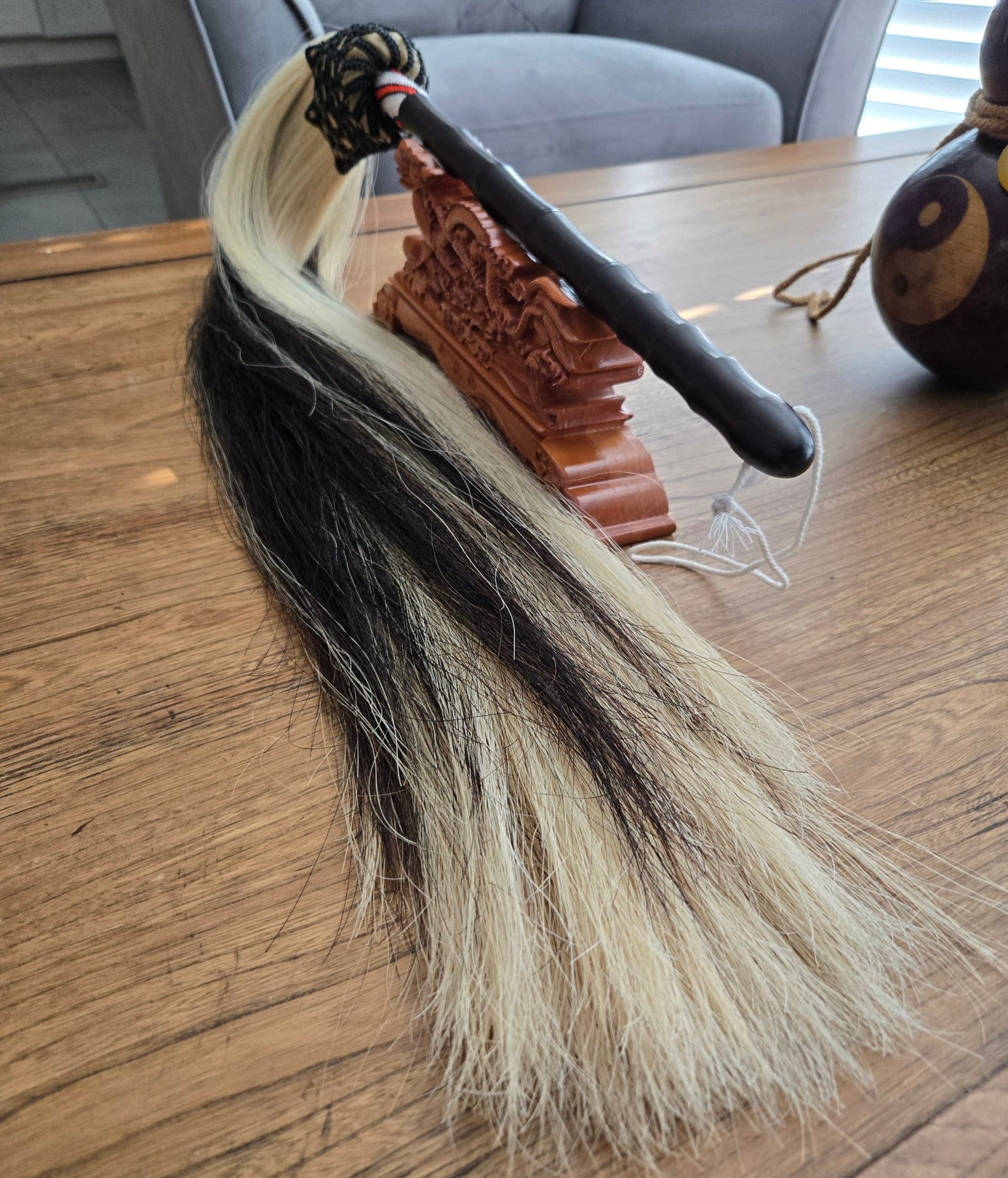
"Whisker"
One of the eight Taoist instruments
In Taoist culture, whisk means to brush away the dust, giving people a sense of transcendence.
Another theory is that Taoists regard demons and monsters as dust, so whisk is also regarded as a magic tool. It is a famous weapon of Taoism. Its practice style is unique, with both soft and hard methods, and it is free and elegant. Whisk is both a magic tool and a weapon, and can be called a magic tool.
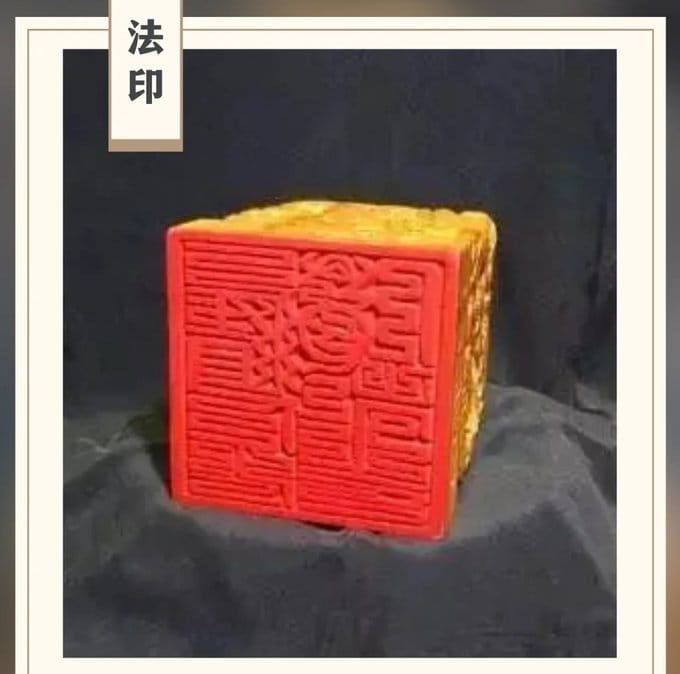
We call the various tools used in Taoist rituals such as prayer, salvation, and even Luotian Dajiao.
Taoism believes that when opening the altar, the master can summon gods and command thunder with the help of the tools.
Taoist seals, also known as "divine seals" and "seal seals", are seals that symbolize the authority of heaven and gods. They are made by imitating the ancient imperial seals and government seals, usually engraved with metal, jade and wood. Before the formation of the Taoist group, the locals and wizards had already created seals in the way that the government, the army, and the court envoys used seals, and applied them to healing and other activities. For example, the "Yangping Zhidu Gong Seal" is a famous one, which was created when the Taoist group was formed. Legend has it that when Zhang Ling founded the Five Pecks of Rice Sect, he engraved the Yangping Zhidu Gong Seal, and the descendants of Zhang have been passed down from generation to generation and used it to this day. Zhengyi, Lingbao, Shangqing, Jingming and other Taoist sects have their own seals.
Taoism believes that seals are used to enforce laws, just as official seals are used to enforce criminal laws in the human world. "Law means justice, to correct evil. It is also like virtue and etiquette, which have politics and punishment to guide and unify. Therefore, memorials, petitions, official documents, and talismans must be sealed with the seal of the heavenly palace to show credibility.
The seals are passed down by masters, so that the gods of heaven and earth, humans, and ghosts know what laws are being enforced and what they have received" (Volume 1 of "Lingbao Yujian"). Therefore, the seals of gods not only represent the authority of the immortal world, but are also tokens of the transmission of the various Taoist sects.
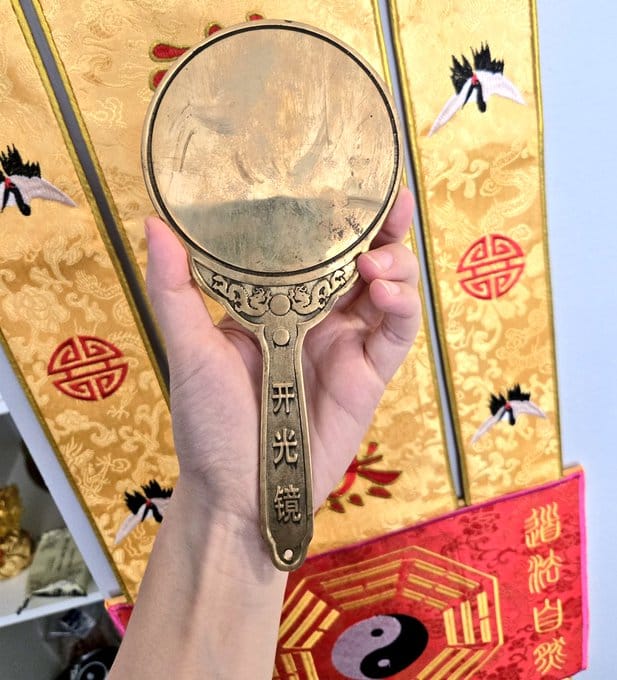
One of the Taoist instruments: brass mirror
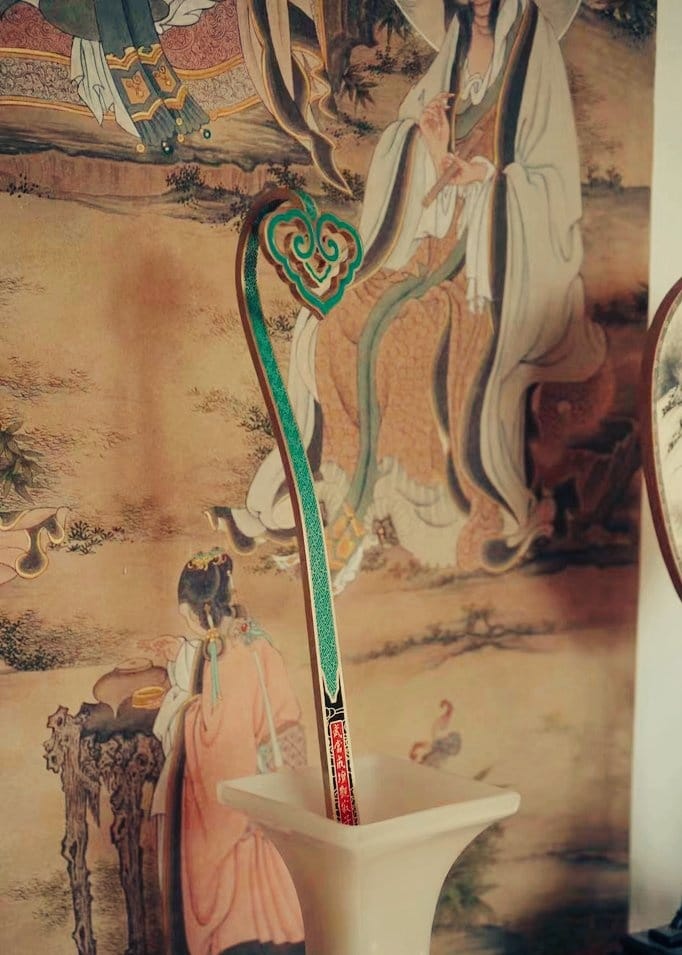
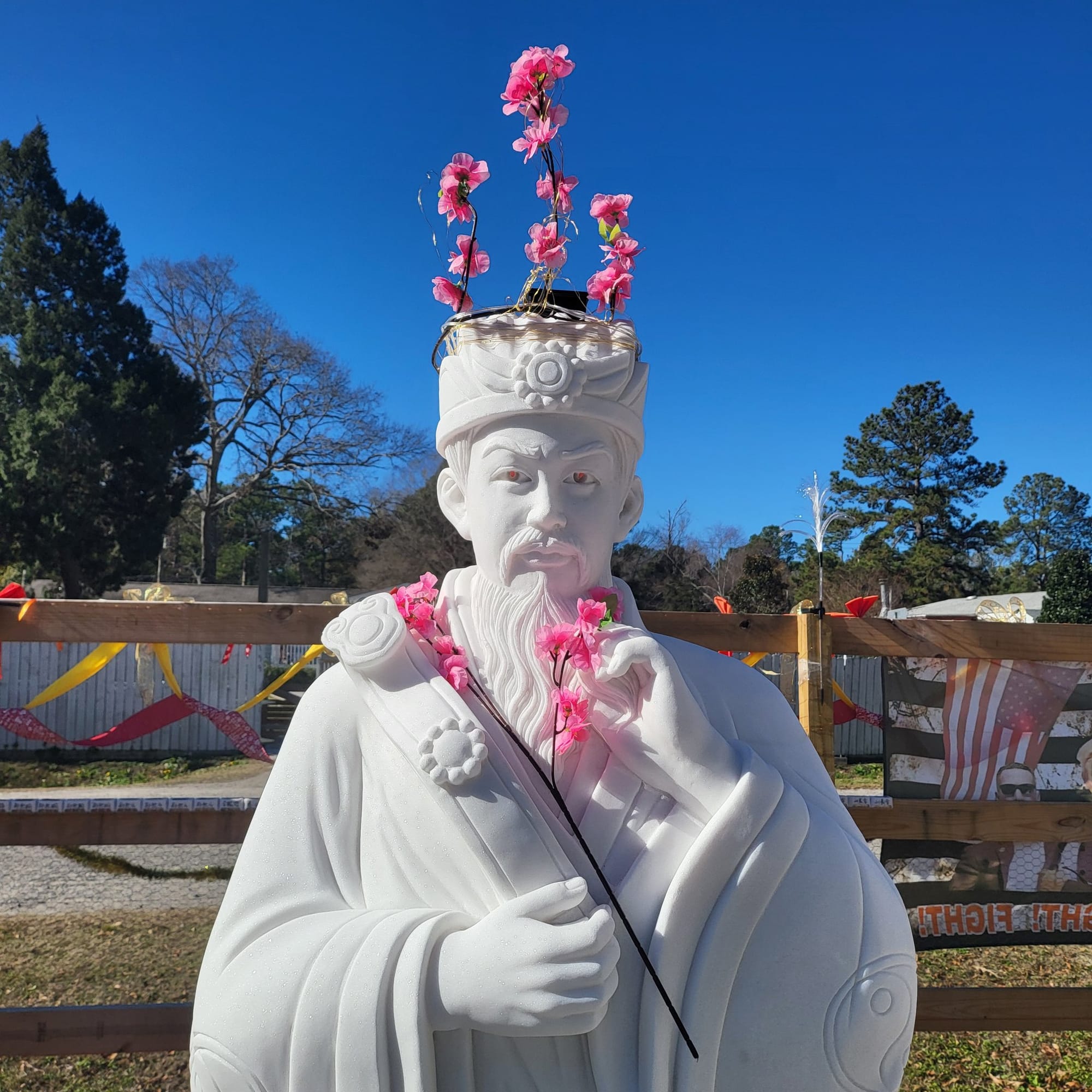
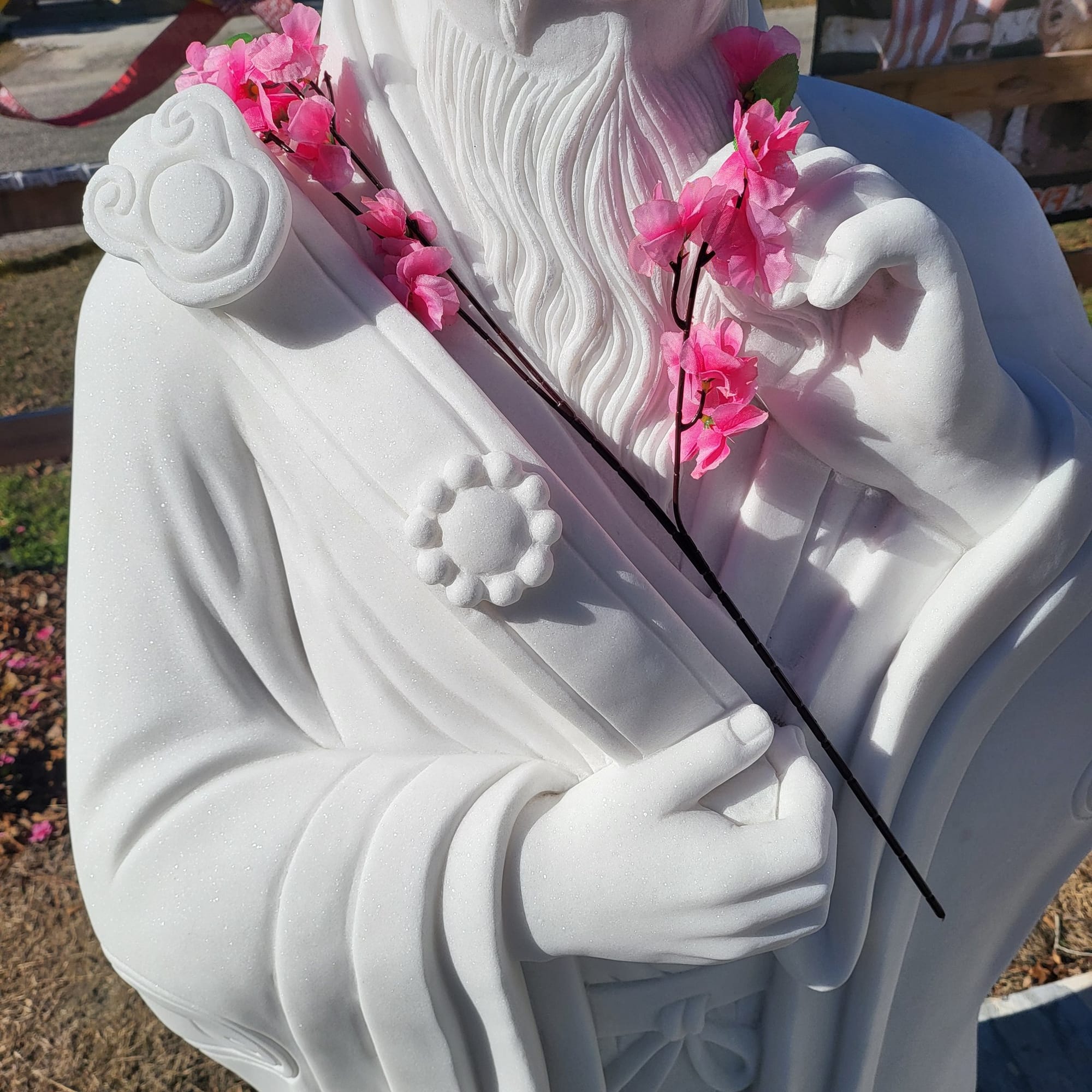
The Eight Taoist Instruments: Ruyi
The instrument used by Taoist priests during rituals and ceremonies. It is made of jade, wood, bone, etc. It is slightly curved like the Chinese character "heart" with three dots: the two ends are in the shape of clouds or ganoderma, and the central dot is round.
The three dots imply the meaning of "Taoism transforms the Three Pure Ones", and also symbolize the one-hearted respect for the Three Treasures (Tao Treasure, Sutra Treasure, and Master Treasure). It is said that Ruyi was the weapon used by Huangdi to fight Chiyou, and it has the power to ward off demons and proclaim the precious sutras. Nowadays, only high-ranking Taoist priests can hold Ruyi during Taoist rituals.
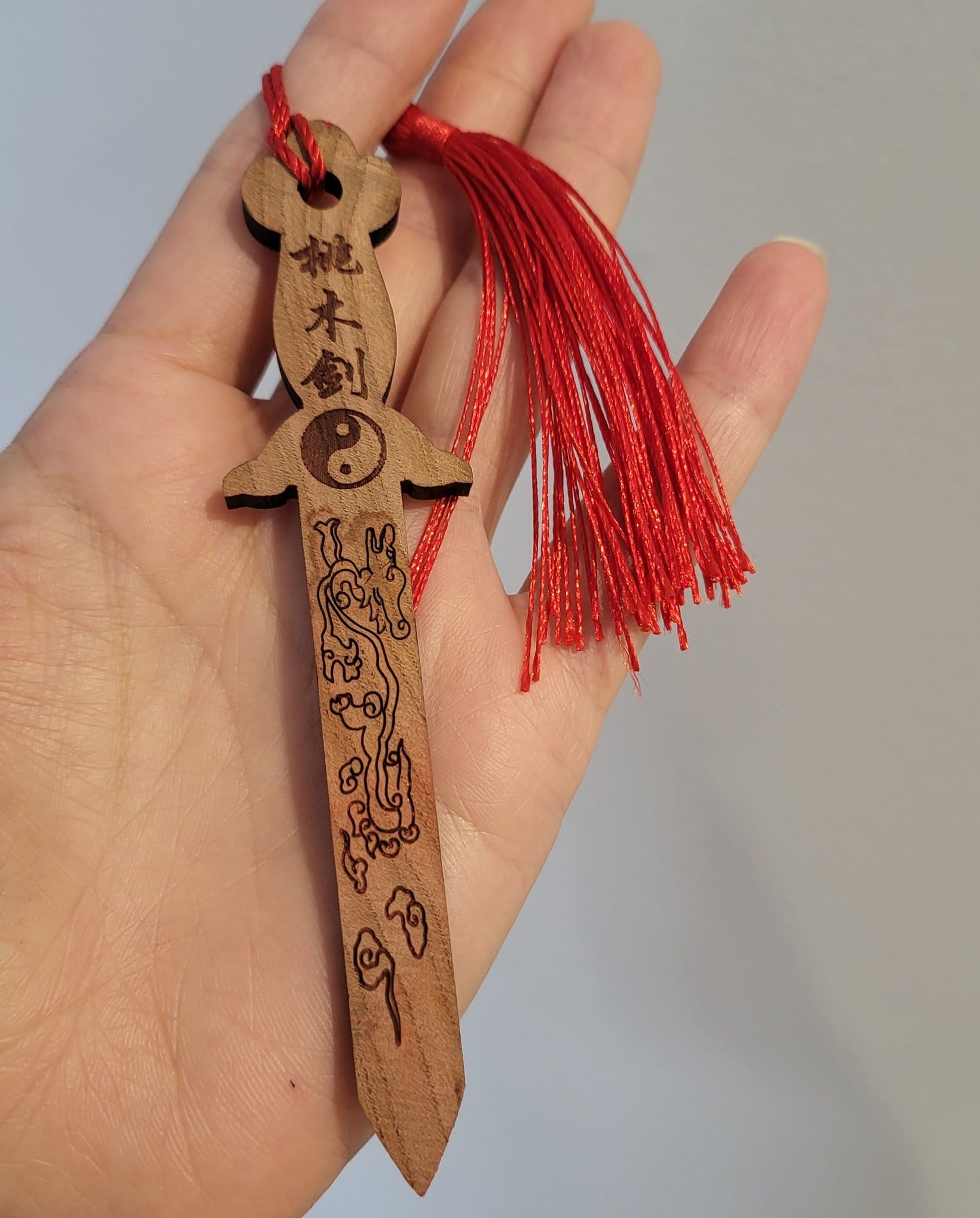
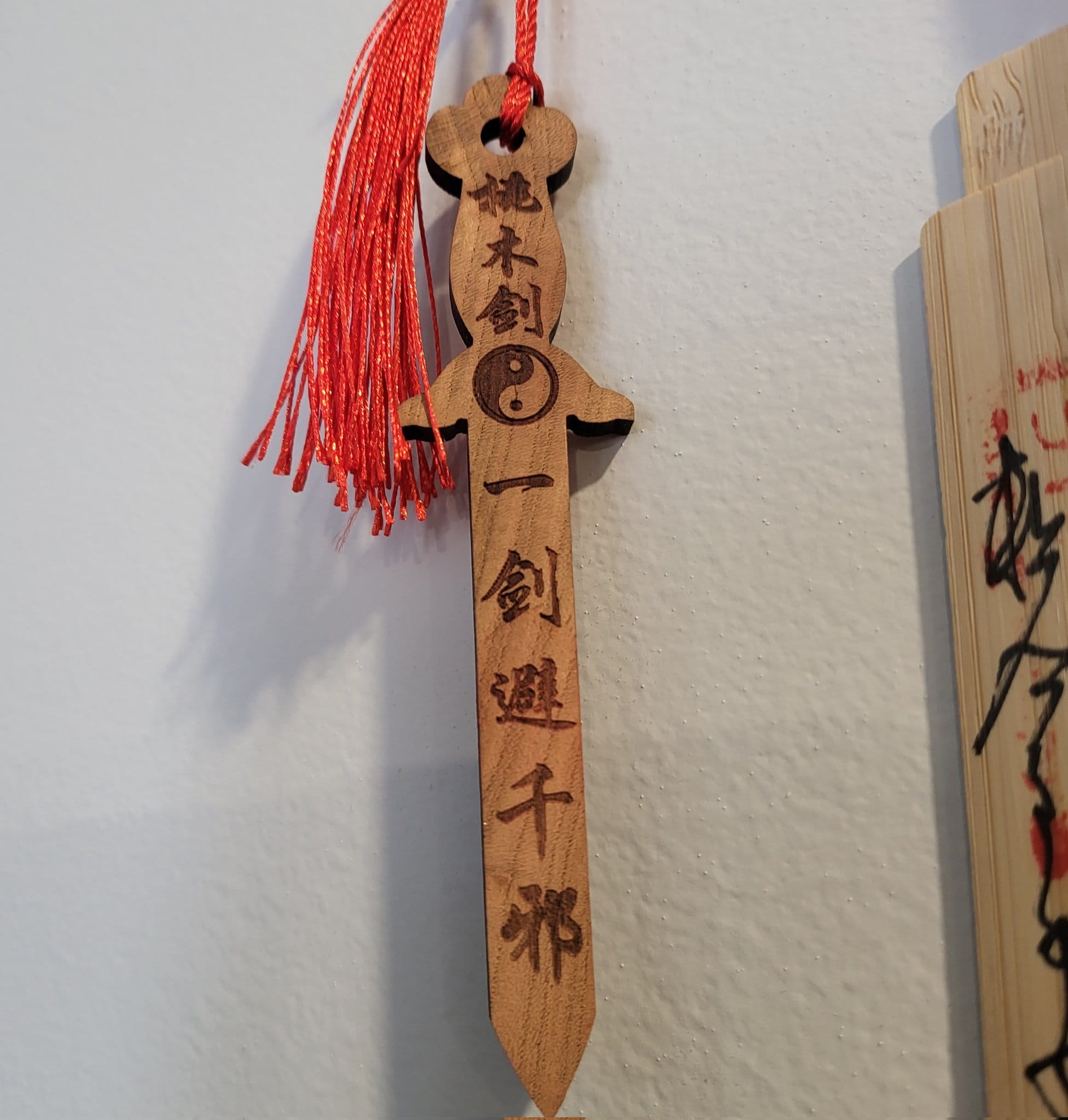
Eight Taoist Magical Instruments: Peach Wood Sword
Peach wood, also known as "dragon-subduing wood", has been believed to have the effect of exorcising evil spirits and avoiding disasters since ancient times. In the ancient myth "Classic of Mountains and Seas", there is a story about Shen Tu and Yu Lei catching ghosts and demons on a towering ancient peach tree.
Therefore, people began to believe that peach wood can ward off evil spirits, and Taoists made peach wood into peach wood swords as a magic instrument to exorcise evil spirits.
In many myths and film and television works, peach wood swords often become a symbol of Taoist rituals; in real life, some people also hang peach wood swords at home in the hope of obtaining good feng shui.
